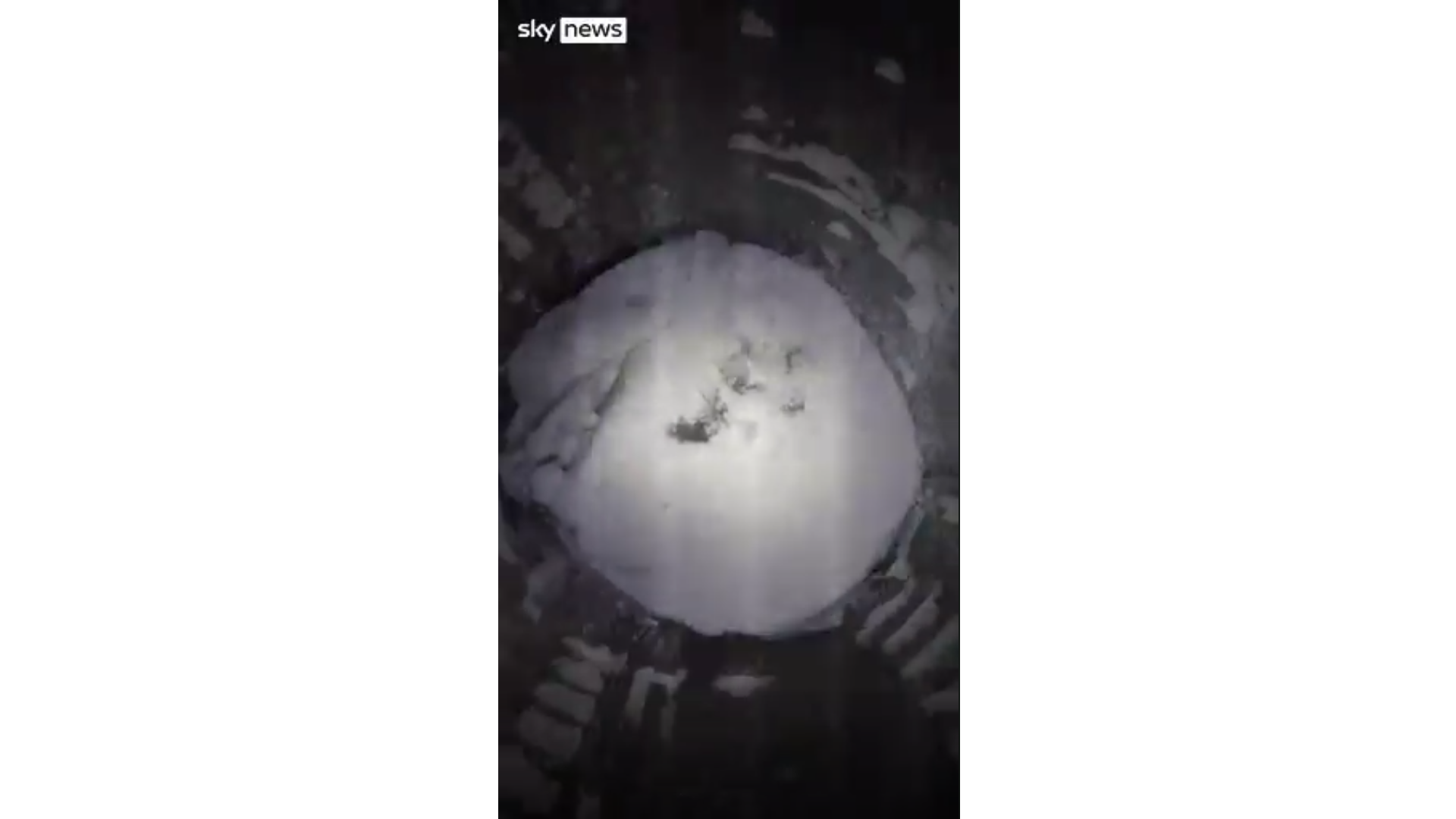The Earth's oldest known ice has been found by plunging a camera down a hole
East Antarctica has had its own colonoscopy as a camera is plunged 93 meters into underground hole to reveal ancient ice

A US team of researchers, scientists, and glaciologist situated in the Allan Hills area of East Antarctica have been making discoveries on their mission to find and extract the continent's oldest existing ice, as well as extend Earth's climate record.
The multi-year mission and project involving The Center for Oldest Ice Exploration (COLDEX), requires drilling into ice cores within the Antarctic Ice Sheet that contain the oldest recorded glaciers, in the hope of extracting at least one dated ice core.
• These are the best camera for wildlife photography
Scientists and researchers in Antarctica have been making progress on their five-year mission as part of the COLDEX project to extract the oldest known Ice Sheet on the continent. The process recently involved plunging a camera down a 93-meter hole in an attempt to collect samples that the team has estimated to be over two million years old, as reported by Sky News.
A video recorded by Ph.D. student Austin Carter on December 23, 2022, shows the camera being hurtling and rattling down a borehole that is 93 meters deep until it eventually reaches soft ice and snow at the bottom. How the team managed to get the camera back up the hole remains a mystery.
Using a camera as part of the mission to extract data and samples really highlights in a visual sense just how deep the Antarctic Ice Sheets really are, and similarly to our deep oceans, just how much remains to be explored and witnessed. The 30-second video of the Antarctic butthole recorded by Carter can be viewed directly via the Sky News website.

The team behind the mission in Antarctica is hoping to extract ice cores from this southernmost continent to produce a continuous record that documents at least one million years into the history of our Earth's climate, which could in turn allow scientists to determine how these ice sheets react to warmer climates and the ice sensitivity to potentially harmful atmospheric greenhouse gases, as has been discernably articulated by the Antarctic Sun publication.
Get the Digital Camera World Newsletter
The best camera deals, reviews, product advice, and unmissable photography news, direct to your inbox!
COLDEX's Director for Field Research and Data, Peter Neff, has shared with the Antarctic Sun that: “All of these different types of scientific teams need to work together… to find essentially a needle in a haystack”. Neff is also a glaciologist from the University of Minnesota, and his colleague Edward Brook is the director of the COLDEX project and a climate researcher at Oregon State University.
Neff continues, “We're looking for that perfect location where you're going to have a full sequence of ice that's on the order of two miles thick.” Brook also shared with the publication that “The goal is to extend the ice core record of climate change back as far as we can,” and that “It would even be remarkably important if we could push it back to three or four million years or even older.”
You may also be interested in the best light pollution filters for night photography, as well as the best underwater fishing camera.
Learn how to Plan the perfect photo cruise to Antarctica, check out Danie Ferreira's beautiful Out in the Cold photo book, and see our review of the Peak Design Shell Camera Cover.

Beth kicked off her journalistic career as a staff writer here at Digital Camera World, but has since moved over to our sister site Creative Bloq, where she covers all things tech, gaming, photography, and 3D printing. With a degree in Music Journalism and a Master's degree in Photography, Beth knows a thing or two about cameras – and you'll most likely find her photographing local gigs under the alias Bethshootsbands. She also dabbles in cosplay photography, bringing comic book fantasies to life, and uses a Canon 5DS and Sony A7III as her go-to setup.
